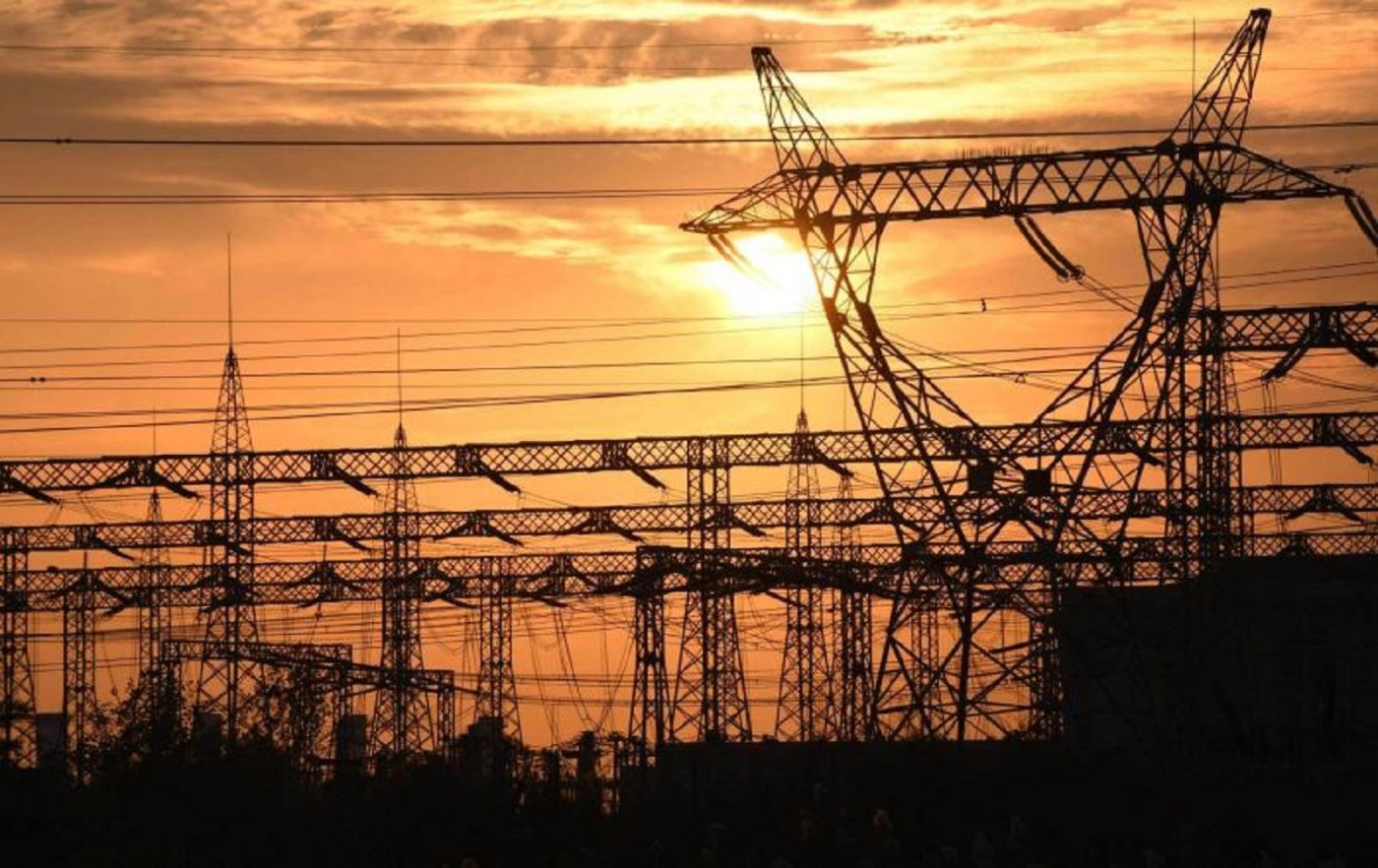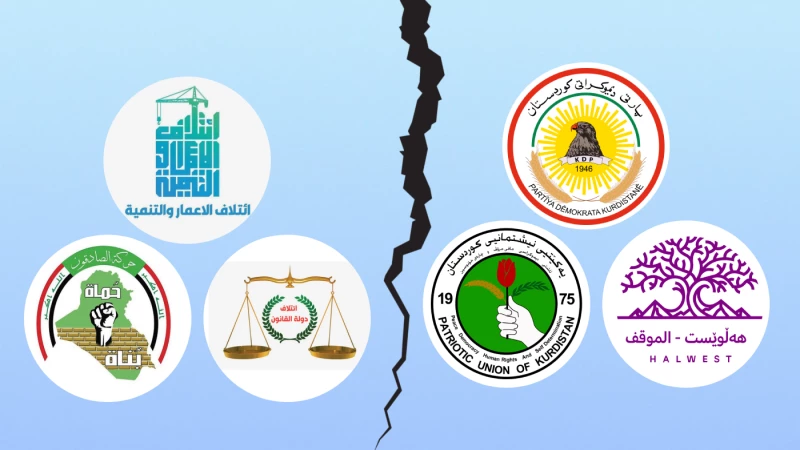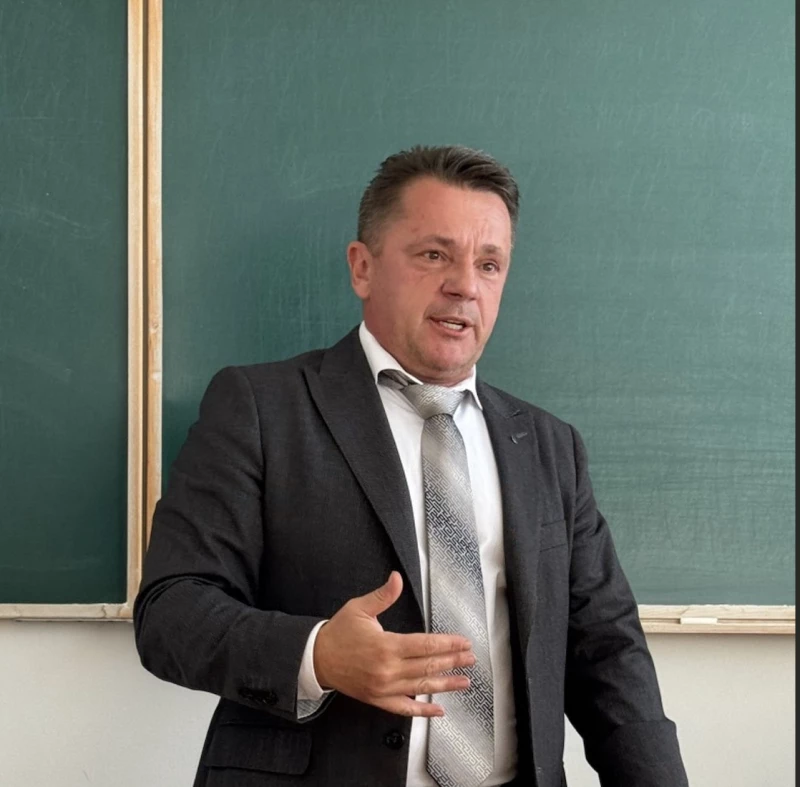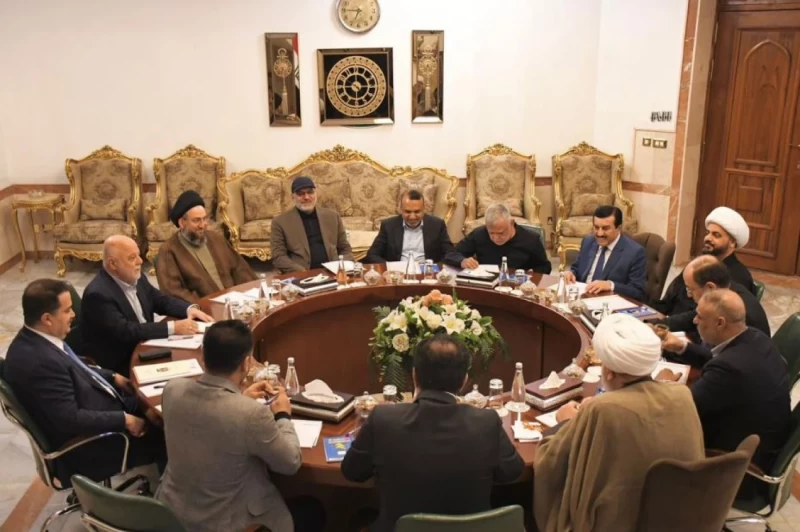When asking Baghdadis of the source of their daily struggle (which is never ending), they would point to the inadequacy of the local electricity department, that provides them with insufficient and sporadic electricity.
The insufficiency has negatively impacted their activities and already limited budget. They associate this decline in electricity supply, despite their expenditure of hundreds of billions, on the “electrical triangle of evil” (the local, regional, and international corruption whales). Which, based off the opinions of Baghdad’s people, hinder any movement towards developing this ministry.
The reasons behind the problems of electricity, highlighted by the citizens, was only the tip of an iceberg. However, the submerged part, is bigger and more dangerous.
So what is the submerged part of the iceberg? What is under the visible tip? Were the public statements accurate and based on truth?
Tuesday, April 30th, 2019, the former minister of electricity, Luay al-Khateeb, signed an executive agreement with the German SIEMENS, in the presence of the German Chancellor and the Iraqi Prime Minister.
Months after, an agreement was signed with the American (GE), with support from the American government. This marked the start of this academic’s efforts, who is filled with enthusiasm and new visions, towards technical and organizational changes of Iraq’s dilapidated electrical networks and restructuring of the ministry, that is dominated by corruption, bureaucracy, and overflow of employee inefficiency.
Indeed, in the ensuing months, the production rate increased by 3 gigawatts, and an additional 2 gigawatts during the year. However, after 163 days of the signing ceremony in Berlin, the government was dismissed, and all their plans archived.
To summarize the story of electricity until 2024: Iraq has 75 stations to generate electricity, that contain 680 turbines, 20 percent of which are inoperative, with the remaining producing nearly 15.2 Gigawatts annually, and an additional three percent of electricity is imported from Kurdistan Region and neighboring countries.
Distribution stations only receive 40 percent of produced and imported electricity, meaning that the losses of generation, transmission, conversion, and theft reach 60 percent.
As a result, 42 million Iraqis are receiving only 6.5 gigawatts of net electricity, which is a low number that results in the inevitable power outages for more than 12 hours a day, especially during peak times.
Iraq’s electricity ministry suffers from interconnected and longstanding issues, where supplying electricity, in this Oil-rich country, is unstable and expensive.
Thus, burdening citizens and the state with operational losses, that reached 7 billion USD in 2023, excluding import costs which reached 13 billion USD.
This has caused an annual economic loss, equivalent to 50 billion USD, resulting in this institution being among the top three worst electrical institutions on earth.
To a point, where the executive agreements signed with SIEMENS and GE, mentioned above, were put on hold due to many reasons, most importantly, not supplying the required gas for operating the stations and turbines, which was a part of the agreement, in addition to the projects not receiving any long term fundings, not from local investors nor international loaners, with the difficulty of government funding.
Annually, Iraq requires 24 million cubic meters of dry gas, to generate electricity, 40 percent of which is imported from Iran through pipelines.
The problem is that today, to produce electricity, only 83 percent of the required dry gas is reaching the stations, reducing efficiency and costing 6.5 billion USD (local and imported gas combined), and Iraq does not have a strategic gas reserve (underground or surface level) that can fill the gaps of seasonal fluctuation resulting from the importing of gas from abroad.
Iraq’s electricity plants struggle with poor operation and maintenance. The usage of incompatible gas, has resulted in a generation rate that does not exceed 30 to 50 percent of the designed capacity.
The cost for 1 unit, for some stations (adding to it the corruption, bureaucracy, and employee inefficiency) is approximately 1 dollar per 1 kilowatt/hour. Which is an unacceptable rate.
Additionally, the losses of the electrical sectors reach terrifying numbers. For example, in Baghdad’s Sadr City, the loss has reached 70 percent of the generated electricity, which proves that Iraq’s electricity network is incapable of meeting the increasing local demand.
Part of the submerged iceberg for the electricity problem comes from the transformer stations and transmission lines, where there is 100 percent shortage in numbers; especially in 132 and 400 kilovolt stations.
The network needs 400 different transformer stations and transmission lines by 2024 to lessen the losses. The lack of this infrastructure impacts the smooth and effective transmission of electricity, which leads to power outages and increases the losses in electricity that reach 65 percent of the net network loss. Therefore, Iraq faces challenges in connecting its network to those of neighboring countries.
In the years between 1980 to 1989, Iraq invested 55 billion dollars (equivalent to 178 billion dollars today) in developing its electricity network. In 1990, the designated generation capacity reached 9.3 gigawatts. Within the 20 years between 2003 and 2022, Iraq spent 134 billion dollars (operative and investment), which is only 30 percent of what was invested in electrical networks in Saudi Arabia in the same period.
As for the third part of the iceberg, 67 percent of Iraqis do not pay for the electricity that they use. From the 6 million residential units, only 4.3 million of them have electrical meters, most of which do not work, or have their electricity directly linked with the networks without meters.
This exemplifies 35 percent of the losses, even though the price for electricity for households starts from 10 dinars ($0.0065) to 120 dinars ($0.078), which does not meet the average cost of production ($0.13). That’s why, in 2023, Iraq’s electricity income, from all its users, reached 1.75 billion USD, compared to Saudi’s income of 19.54 billion USD within the same time span.
By 2030, Iraq needs 30 gigawatts of consumer production to meet its current need and provide the economic development with investment that are not below 50 billion USD in all five sectors (generation, transmission, conversion, distribution and collection). This is a number that the government may not be able to reach within the next 6 years, as there are challenges in managing the current electricity problem.
Finally, Iraq needs local and foreign investors to develop the electricity sector and allow the private sector to play a larger role in its operation, in addition to streamlining the Ministry of Electricity or merging it with Ministry of Natural Resources to make a “Ministry of Energy”.
The country needs to work towards obtaining funds to provide the infrastructure in gas and creating real investment opportunities to develop the gas fields, to ensure greater yield and to meet the local demand (including building strategic underground reservoirs with surface reservoirs with total capacities of up to 7 billion cubic meter).
Additionally, it needs to develop a mechanism for the local production of dry gas, as the recent barter agreement with Turkmenistan is to avoid US sanctions. This mechanism would not be a solution for the gas import and supply, and therefore it was not a solution to the problem of electricity in Iraq.
Poor planning, corruption, and incompetency, all contributed to the failure of this sector and are the main slowing factors of the country’s economic development and thwarting expansion plans of involving the private sector.
The government would have to change the unit meters (governmental, household, industrial and commercial) to smart electronic meters (prepaid) and distributing them among all governorates to ensure fair consumption.
This effort would limit the corruption and reduces the theft and preserves the rights of the public through strict laws, which would protect the income of these resources and give a thorough review of the sold electricity, especially households and governmental institutions which compose 75 percent of the total consumption.
Press statements of unrealistically optimistic data will not address any of these issues, but will complicate the already complex situation further. This will lead the succeeding governments to adopt specific policies to address the public’s questions towards the validity of those numbers and future goals and plans that would be entirely illogical.



 Facebook
Facebook
 LinkedIn
LinkedIn
 Telegram
Telegram
 X
X


